The autonomous vehicle is painting a dystopian future
With the first pedestrian death at the hands of an autonomous vehicle, Jens wonders if we’re staring at a dystopian future. When it comes to safety, Volvo has always been a leader. From the two-circuit braking system and seatbelt warnings to huge bumpers, safety from Sweden could traditionally be matched only by Mercedes-Benz.
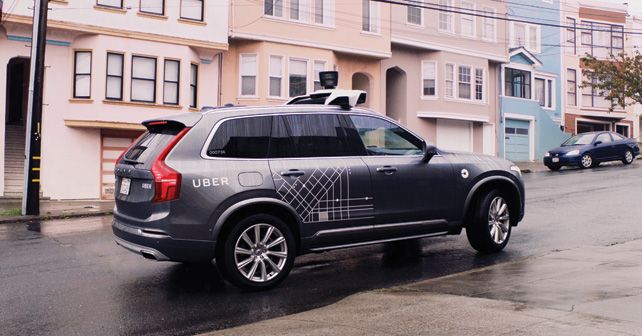
With the first pedestrian death at the hands of an autonomous vehicle, Jens wonders if we’re staring at a dystopian future.
When it comes to safety, Volvo has always been a leader. From the two-circuit braking system and seatbelt warnings to huge bumpers, safety from Sweden could traditionally be matched only by Mercedes-Benz. In late March, however, the safety of a Volvo was discussed with a very different connotation – this time it was in connection with a disturbing accident. A woman had been run over, and killed, by an autonomously driven Volvo.
The car was part of Volvo’s $300 million project with Uber. “By combining the capabilities of Volvo and Uber, we will get to the future faster, together,” former Uber chief Travis Kalanick proclaimed at the time. The cooperation was considered a big coup by Volvo boss Hakan Samuelsson.
The vision of Volvo and Uber is far from exclusive however. Almost all manufacturers are working on autonomous driving. Sure, the dream of self-driving cars has been around for a while – futurologists have talked about it for at least half a century. These visions are anointed by the words of the Germany’s chancellor Angela Merkel, who famously declared that, in 20 years, you would need a special permit to take the wheel yourself.
The combination of proven assistance systems means that, under ideal conditions, a suitably equipped production car can already drive over long distances without intervention. But in the offerings by established manufacturers, the driver must confirm in short intervals that he or she is still in control. Tesla, the “visionary” among automakers, had initially renounced this approach. It even misleadingly christened its system “autopilot.” A trusting driver paid with his life in 2016, when the system missed a large truck crossing the road.
Fully autonomous vehicles need a large number of sensors and immense computing capacity. Nevertheless, the intuitive behaviour of humans – non-verbal communication and empathy – can only be insufficiently simulated by machines at this point. Sometimes the electronics are over-cautious, while at other times they don’t recognize the risks. It’s simply unimaginable, in the foreseeable future, to drive an autonomous vehicle through the roundabout at the Arc de Triomphe in Paris or through any street in Manhattan. Nissan has already told us that cars would need to be remotely controlled in complicated situations.
Autonomous cars, as we unfortunately learned a few weeks ago, work best when they are strictly separated from anything that is not an autonomous car – preferably by occupying their own tracks and their own roads. Incidentally, traffic planners have already tried such an approach once, and to say that it didn’t work would be a gross understatement.
Yet I wouldn’t rule out such a scenario again, because, for many stakeholders, the autonomous vehicle is simply too tempting – Amazon, Google and others are counting on the many hours in which the passenger will no longer be concerned with driving, but – using a smartphone – can continue to submit data and makes purchases. Mobile service providers are looking forward to the huge amounts of data that are expected to flow through the costly 5G networks. And politicians, in theory, can restrict the autonomy of the driver with these “autonomous” cars. And, finally, an old collectivist dream can come true – the private car as a symbol of status, freedom and property might finally be abolished.
Now in the city of Tempe, Arizona, despite the presence of a supervisor named Rafaela Vazquez, 49-year-old Elaine Herzberg, a bicyclist and mother of two, has been run over and fatally injured by a fully autonomous experimental vehicle. Proponents of autonomous vehicles claim that the number of accidents will drop. Maybe. It’s unfortunate whenever accidents happen with humans at the wheel, and today’s various assistance systems should be welcomed for reducing that danger. But, ultimately, a human being remains responsible – he or she must explain any misconduct and, if necessary, answer in the court and thus to society. Now, will an algorithm or a sensor be responsible?
Uber volunteered two sentences via Twitter: “Our hearts go out to the victim’s family. We’re fully cooperating with @TempePolice and local authorities as they investigate this incident.” Meanwhile, with the first fatality caused by an inadequate robotic vehicle, a dystopian future may be dawning upon us.
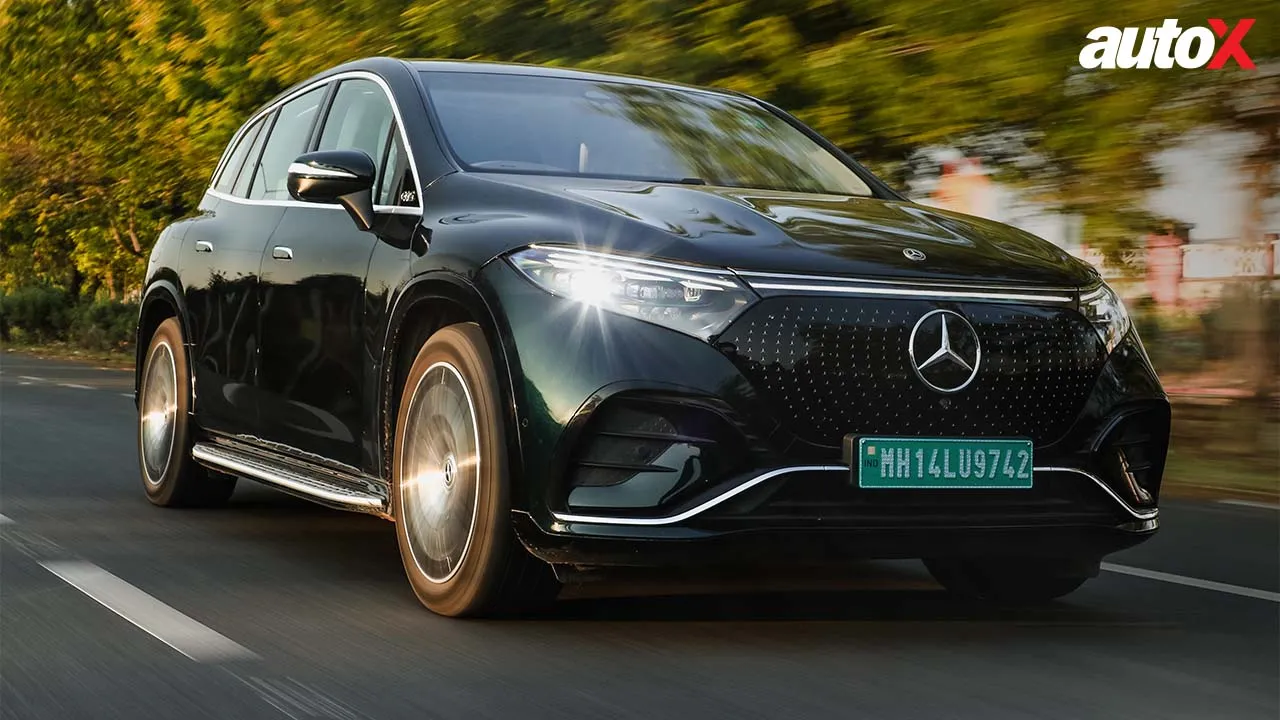
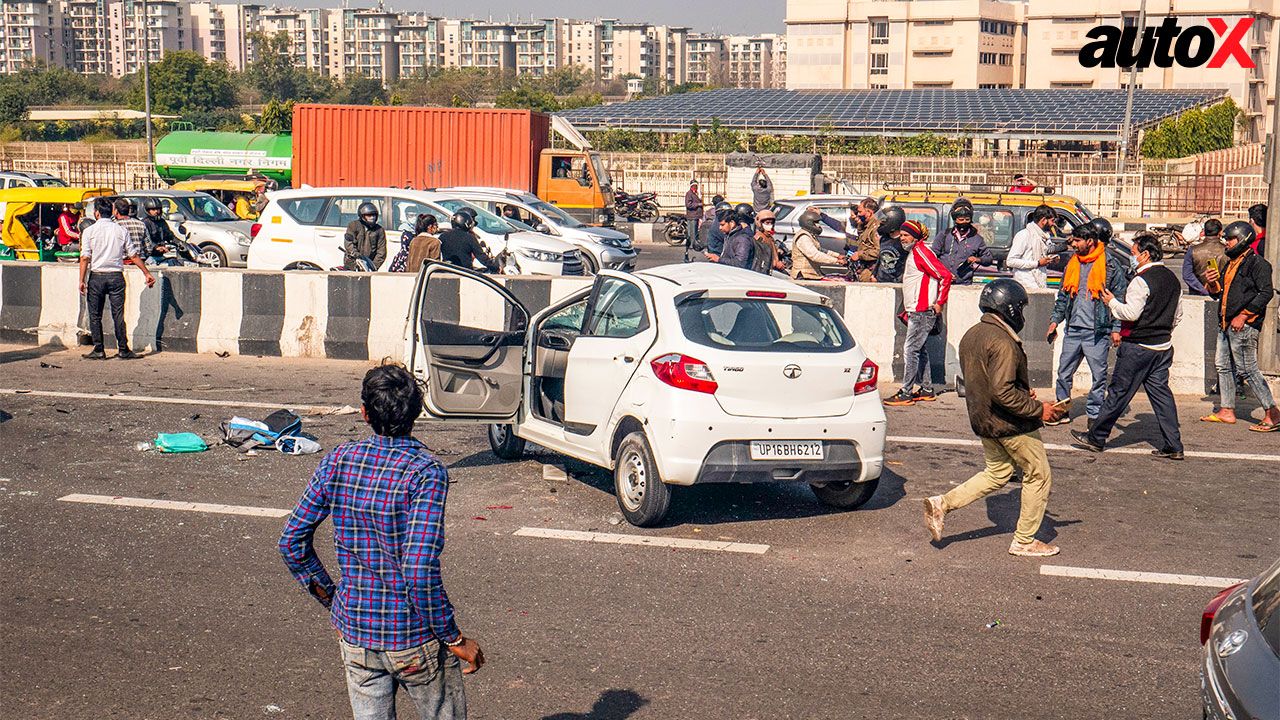
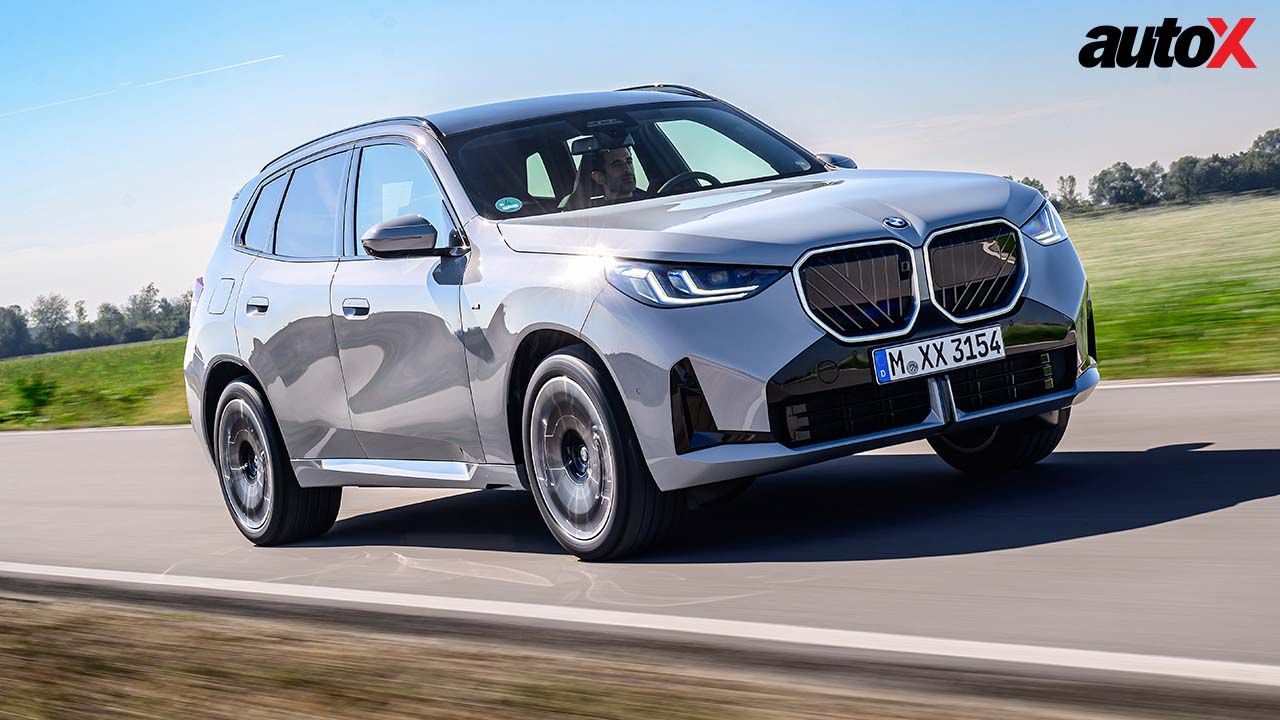


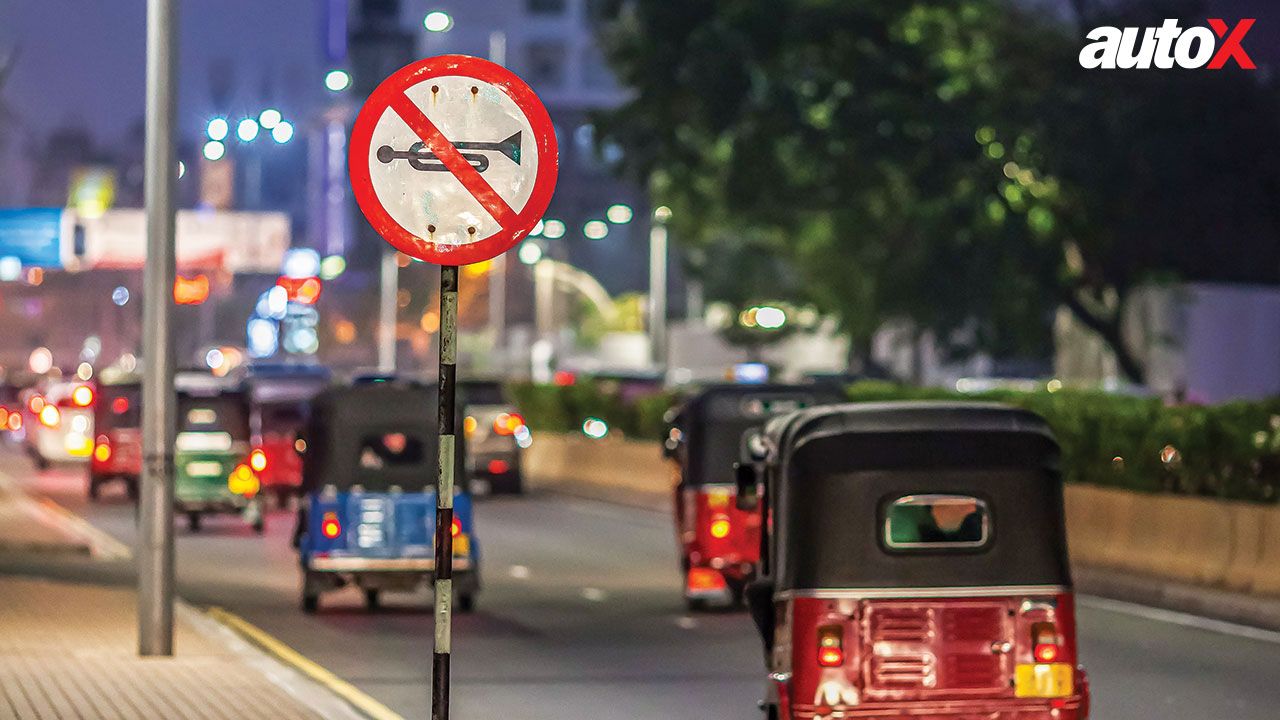
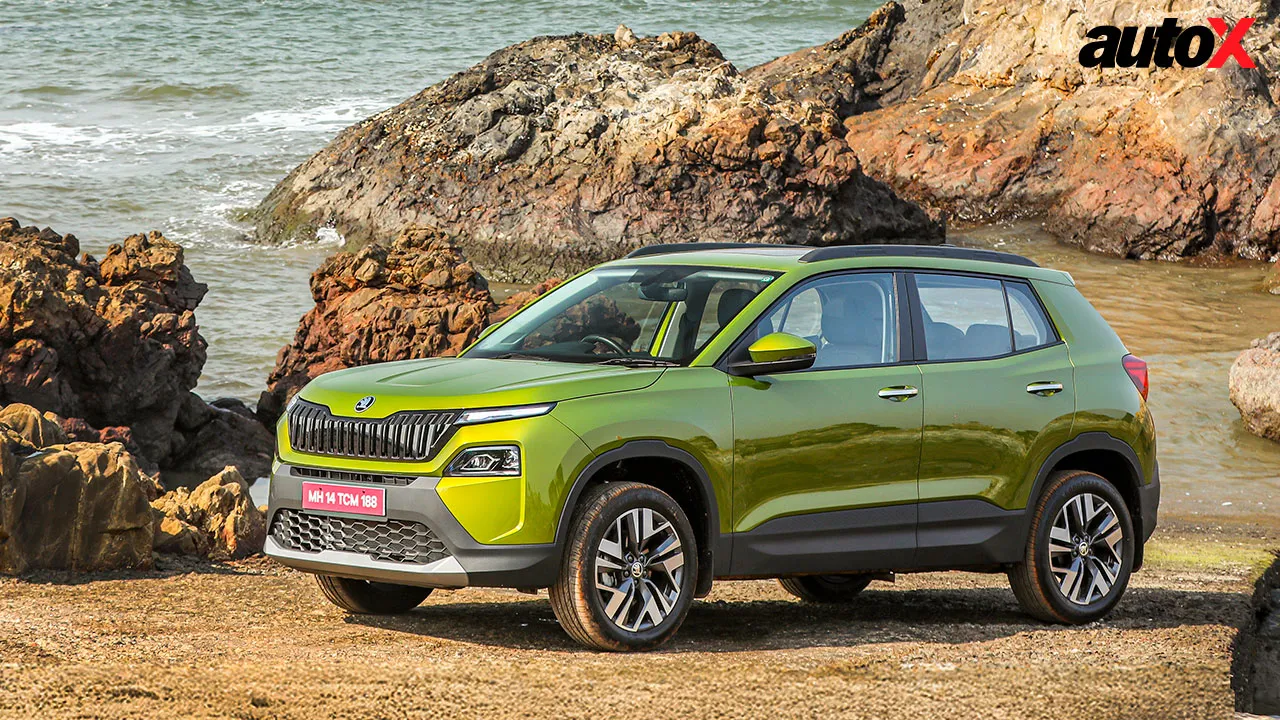
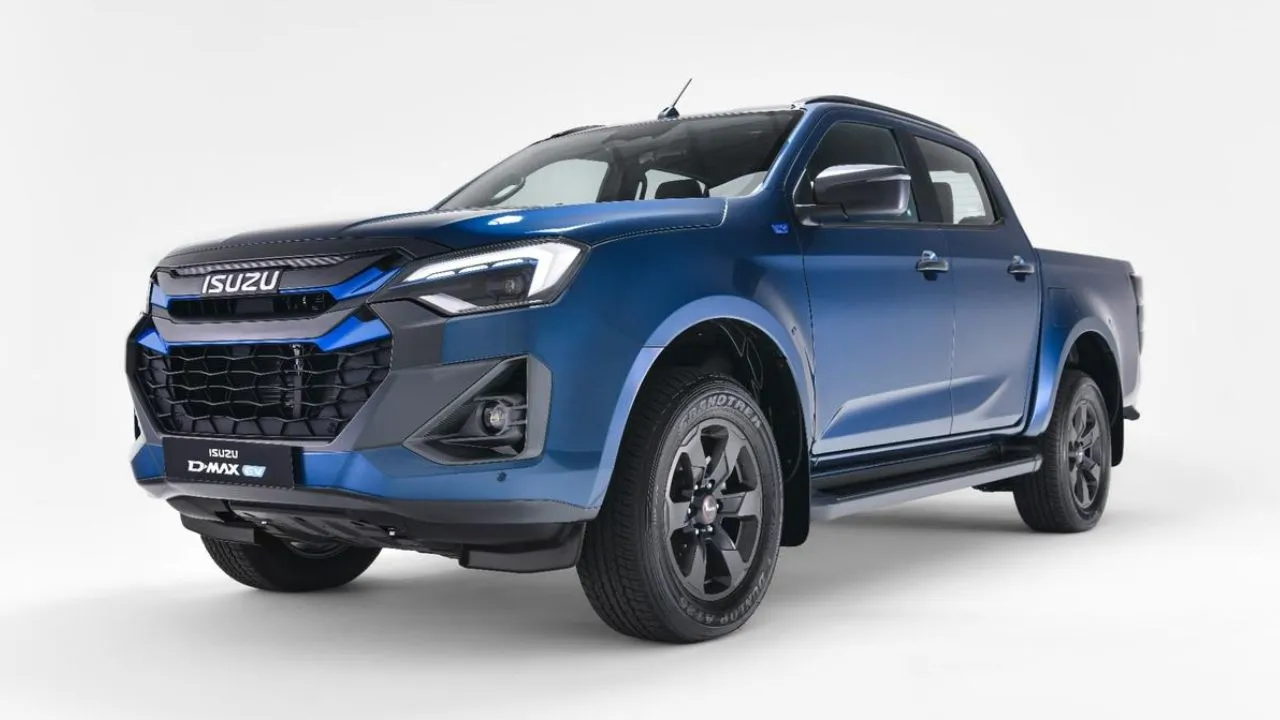
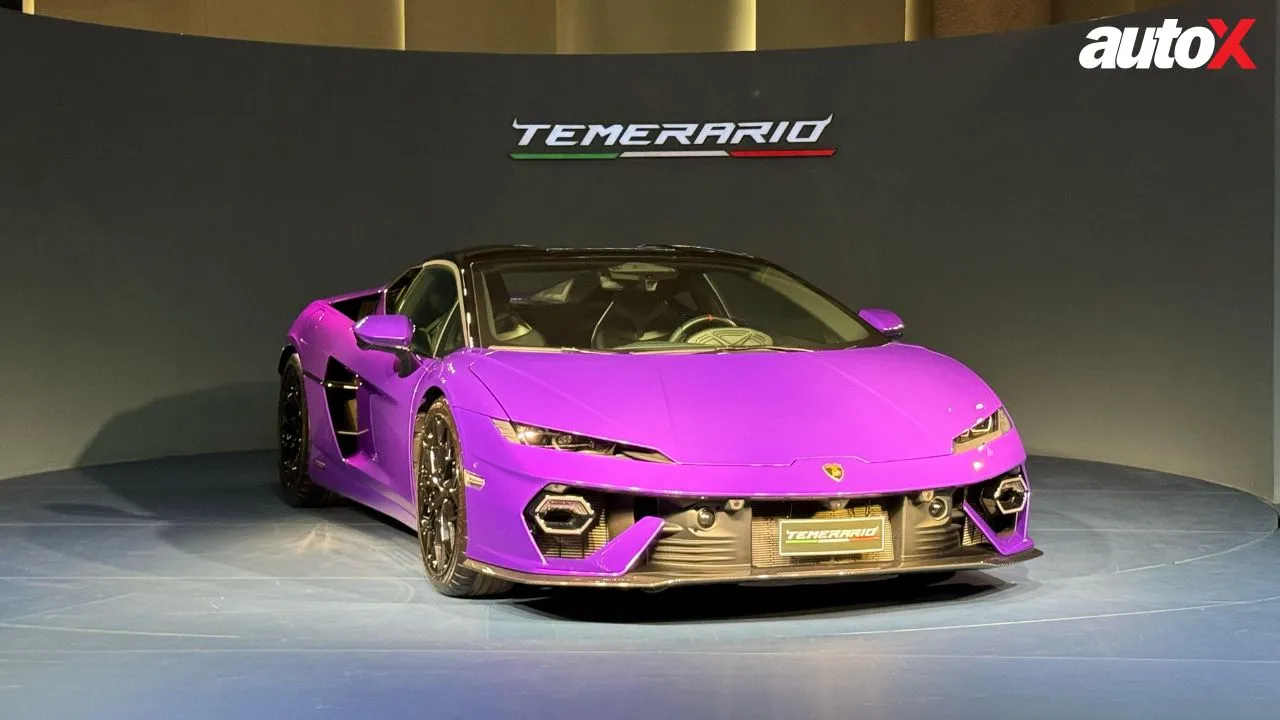
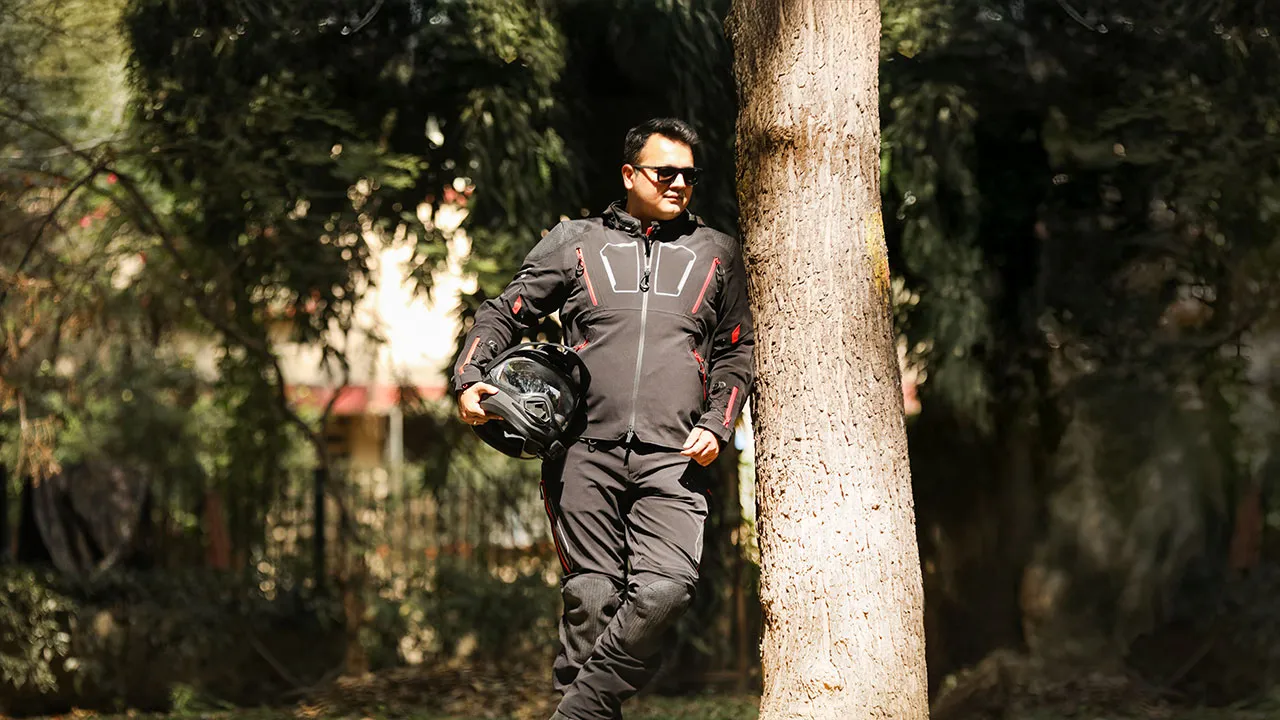
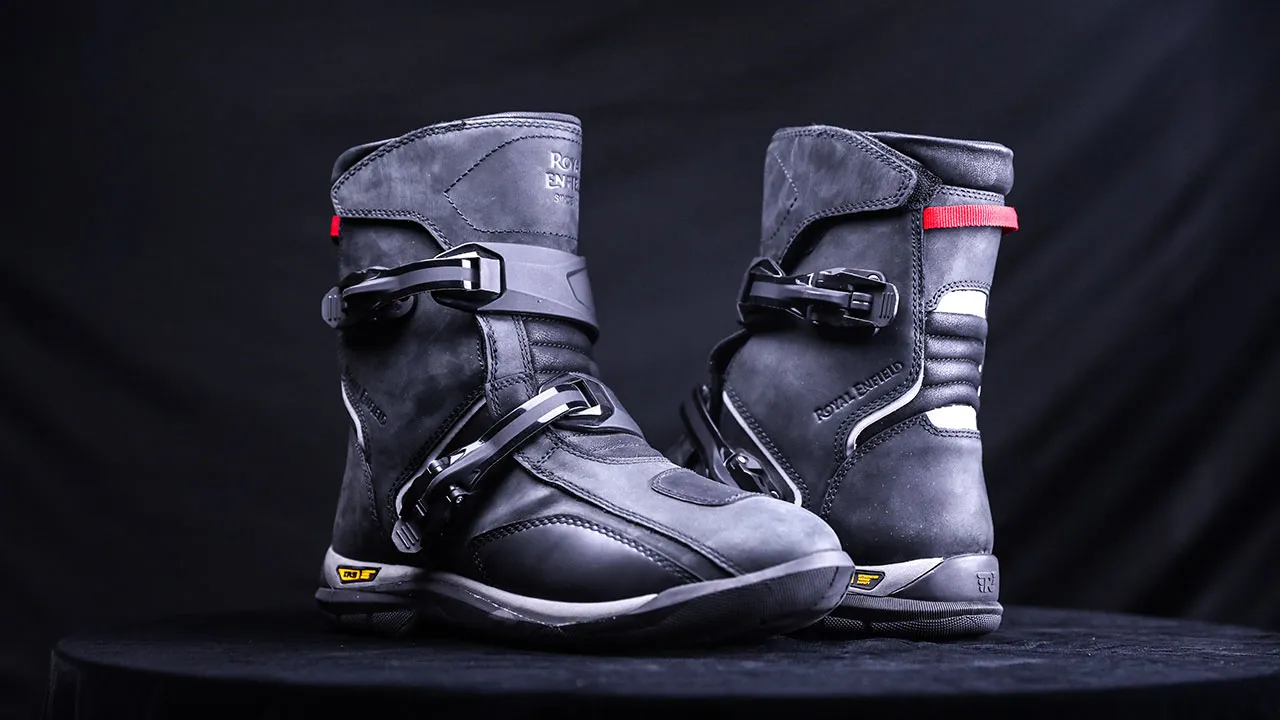














Write your Comment on